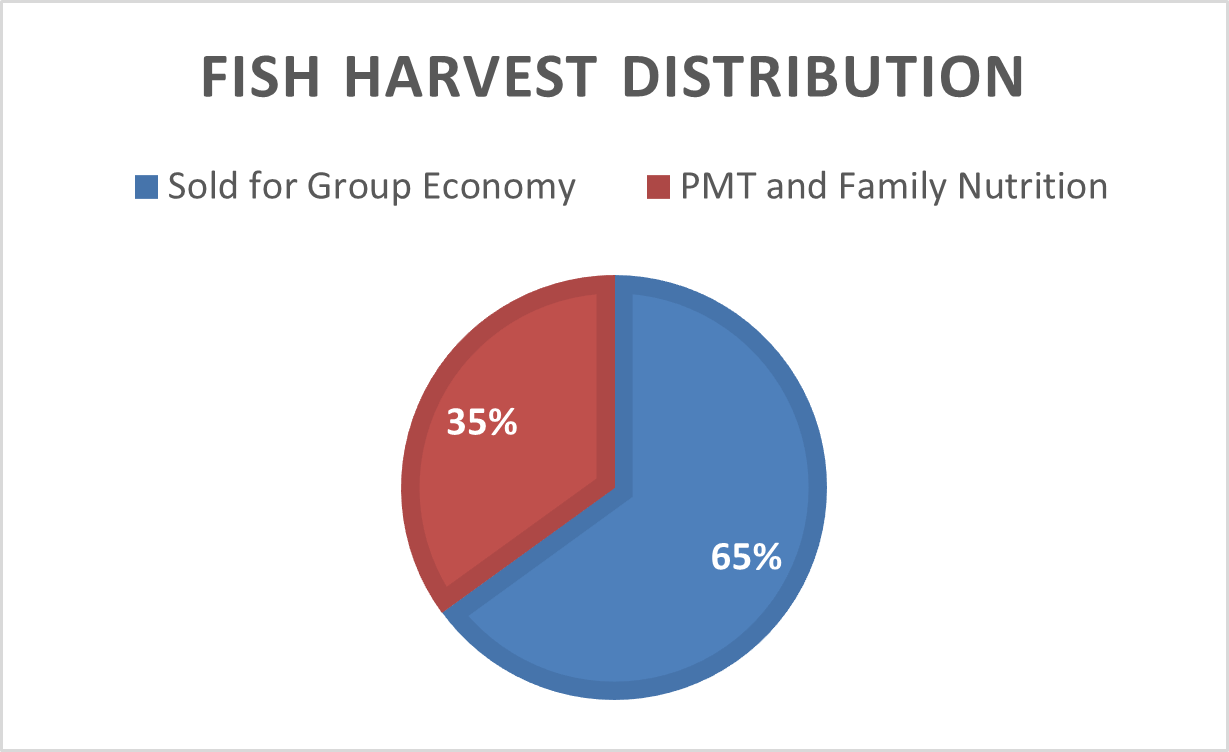Integration of Biofloc Cultivation and Waste Banks as a CSR Model for Inclusive Food Security in Urban Areas
Main Article Content
Mohammad Yuliendri
Nadya Putri Kristiyant
Kintan Ayu Septiani*
Reyhan Januar Mulyawan
The gap between demand and supply of local food in urban areas like Batam City triggers vulnerability to nutritional access, especially for lower-middle-income communities. In response to this challenge, PT PLN Batam - PLTGU Tanjung Uncang Unit initiated the SEHATI TABUROSI program (Environmental Synergy and Inclusive Food Security) as a Corporate Social Responsibility (CSR) model based on community empowerment. This study aims to explore the implementation and impact of the SEHATI TABUROSI program, which integrates biofloc fish farming technology, waste bank management, and strengthening women's roles in local food security. Using a qualitative case study approach, data was collected through interviews, observations, and documentation in Tanjung Uncang Village, Batam. Results show that the program successfully increased tilapia production up to 210 kg per cycle, strengthened women's economic capacity, and supported supplementary feeding programs (PMT) for vulnerable children. Organic and inorganic waste was processed into feed, fertilizer, and pond construction materials, reflecting circular economy practices. In addition to resource efficiency, direct participation of PLN Batam - PLTGU Tanjung Uncang Unit employees in technical competency transfer also strengthened program sustainability. This holistic intervention model proved effective in combining economic, social, and environmental aspects, and has the potential to be replicated in other urban areas with similar challenges.
Avnimelech, Y. (2009). Biofloc technology. A practical guide book. The World Aquaculture Society. Baton Rouge.
Azim, M. E., & Little, D. C. (2008). The biofloc technology (BFT) in indoor tanks: Water quality, biofloc composition, and growth and welfare of Nile tilapia (Oreochromis niloticus). Aquaculture, 283(1–4), 29–35. https://doi.org/10.1016/j.aquaculture.2008.06.036
Braun, V., & Clarke, V. (2006). Using thematic analysis in psychology. Qualitative Research in Psychology, 3(2), 77–101.
Chury, A. (2023). Bioflock, Budidaya Ikan Jadi Program CSR Unggulan PT STP. Top Business.
Crab, R., Defoirdt, T., Bossier, P., & Verstraete, W. (2012). Biofloc technology in aquaculture: Beneficial effects and future challenges. Aquaculture, 356–357, 351–356. https://doi.org/10.1016/j.aquaculture.2012.04.046
de Lara, G. R., Poersch, L. H., & Wasielesky, W. (2021). The quantity of artificial substrates influences the nitrogen cycle in the biofloc culture system of Litopenaeus vannamei. Aquacultural Engineering, 94, 102171. https://doi.org/10.1016/j.aquaeng.2021.102171
Desreza, N., Safrina, Rahmatika, N. A., Maulina, D., Mumtazah, L., Kamila, R., Ismunawaddah, Z., Alhilal, M. A. H., & Saputra, A. (2022). Sosialisasi Pengelolaan Sampah Berbasis 3R di Desa Cot Mancang Aceh Besar. JOURNAL OF SUSTAINABLE COMMUNITY SERVICE, 3(1), 1–11. https://doi.org/10.55047/jscs.v3i1.503
Elkington, J. (1997). Cannibals with Forks: The Triple Bottom Line of 21st Century Business. Capstone.
Emerenciano, M. G. C., Martínez-Córdova, L. R., Martínez-Porchas, M., & Miranda-Baeza, A. (2017). Biofloc Technology (BFT): A Tool for Water Quality Management in Aquaculture. In Water Quality. InTech. https://doi.org/10.5772/66416
FAO. (1996). Rome Declaration on World Food Security. Food and Agriculture Organization of the United Nations.
Hargreaves, J. A. (2013). Biofloc Production Systems for Aquaculture. Southern Regional Aquaculture Center.
KSE. (2022). Utilising the Sewers at Situ Gede for Fish Farming with the Biofloc System. Karya Salemba Empat.
Kumar, S., Pandey, P. K., Anand, T., Bhuvaneswari, G. R., Dhinakaran, A., & Kumar, S. (2018). Biofloc improves water, effluent quality and growth parameters of Penaeus vannamei in an intensive culture system. Journal of Environmental Management, 215, 206–215. https://doi.org/10.1016/j.jenvman.2018.03.015
Maxwell, S., & Smith, M. (1992). Household food security: a conceptual review (pp. 1–72). IFAD and UNICEF.
Perkins, D. D., & Zimmerman, M. A. (1995). Empowerment theory, research, and application. American Journal of Community Psychology, 23(5), 569–579. https://doi.org/10.1007/BF02506982
Sari, M., de Pee, S., Bloem, M. W., Sun, K., Thorne-Lyman, A. L., Moench-Pfanner, R., Akhter, N., Kraemer, K., & Semba, R. D. (2010). Higher Household Expenditure on Animal-Source and Nongrain Foods Lowers the Risk of Stunting among Children 0–59 Months Old in Indonesia: Implications of Rising Food Prices. The Journal of Nutrition, 140(1), 195S-200S. https://doi.org/10.3945/jn.109.110858
Sebuku Coal Group. (2023). Inovasi Budiaya Ikan Nila Sistem Bioflok, Program CSR SCG di Pantai Baru. Sebuku Coal Group.
Torlesse, H., Kiess, L., & Bloem, M. W. (2003). Association of Household Rice Expenditure with Child Nutritional Status Indicates a Role for Macroeconomic Food Policy in Combating Malnutrition. The Journal of Nutrition, 133(5), 1320–1325. https://doi.org/10.1093/jn/133.5.1320
United Nations. (2018). Transforming Our World: The 2030 Agenda for Sustainable Development. United Nations.
Warr, P. (2014). Food insecurity and its determinants. Australian Journal of Agricultural and Resource Economics, 58(4), 519–537. https://doi.org/10.1111/1467-8489.12073
Yin, R. K. (2018). Case study research and applications (Vol. 6). Sage Thousand Oaks, CA.
















